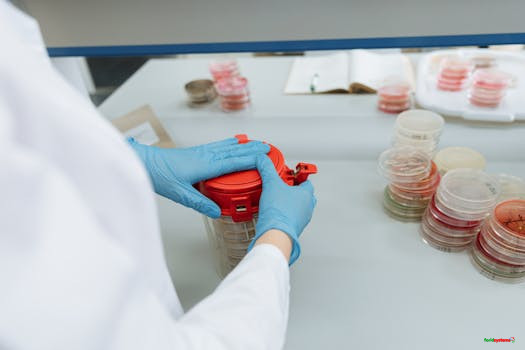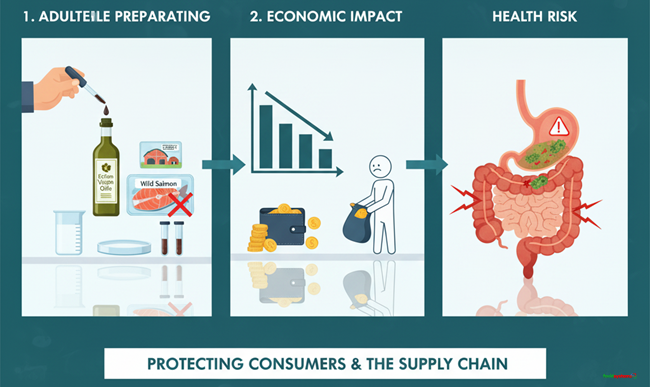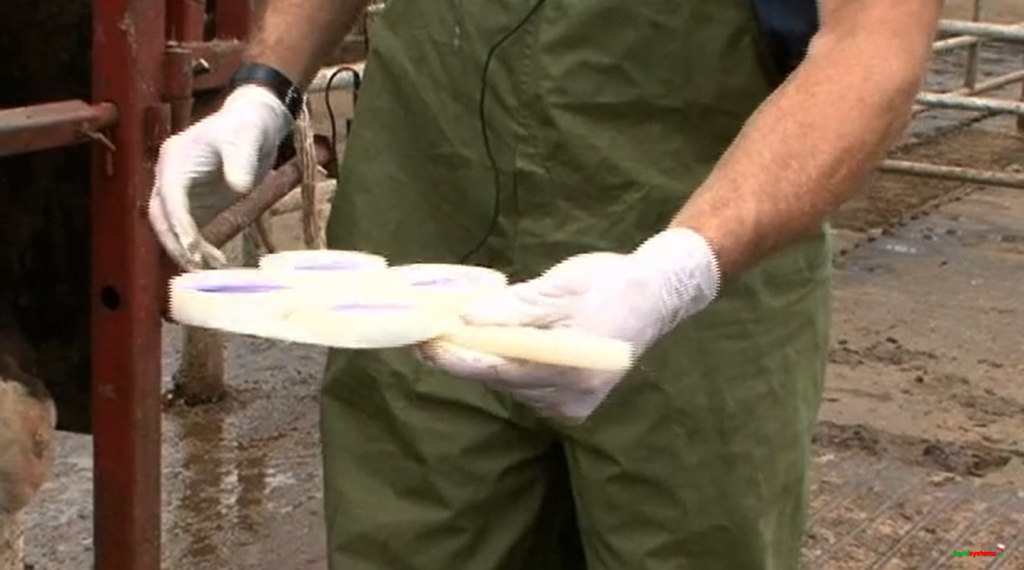Antibiotic Use in Kenyan Poultry Farming: Key Insights and Challenges

A recent study analyzing antibiotic practices among smallholder poultry farmers in Kenya reveals critical insights into usage patterns, accessibility, and risks of antimicrobial resistance (AMR). Here’s what you need to know:
Key Findings
- High Antibiotic Use:
- 54.7% of farms reported using antibiotics in the last two months, mostly for treating infections (73.3%), with 21% for prevention.
- Common antibiotics: Tylosin, doxycycline, oxytetracycline, and trimethoprim were most frequently used.
- Mixed Ingredients & Risks:
- 43% of antibiotic brands sold in veterinary stores contained multiple antibiotic ingredients (fixed-dose combinations), raising concerns about multidrug resistance.
- Some brands even combined antibiotics with vitamins, blurring lines between health supplements and treatments.
- Predictors of Antibiotic Use:
- Farms were more likely to use antibiotics if they:
- Kept mixed poultry species.
- Used disinfectants (paradoxically linked to higher use).
- Reported rodent infestations.Had a vaccination history (suggesting proactive yet unguided health management).
- Farms were more likely to use antibiotics if they:
- Easy Access to Drugs:
- 95% of farmers lived within one hour of a veterinary store using motorized transport; 40% were within 15 minutes.
- Stores often lacked trained staff: 32.6% had no animal health-trained personnel.
Implications & Recommendations
- AMR Threat: Overuse of antibiotics, especially unregulated combinations, heightens resistance risks, threatening animal and human health.
- Policy Gaps: Urgent need to regulate antibiotic marketing, ban unjustified fixed-dose combinations, and improve veterinary oversight.
- Farm-Level Solutions:
- Biosecurity investments (e.g., rodent control, sanitation) to reduce disease outbreaks.
- Farmer education on prudent antibiotic use and alternatives like vaccines.
- Opportunities in Accessibility: Proximity to drug stores could be leveraged for better veterinary care (e.g., diagnostics, herd health programs).
The Big Picture
Antibiotics are deeply integrated into smallholder poultry systems as a “farm input” rather than a last-resort treatment. Tackling AMR requires multi-pronged strategies:
- Regulatory action to curb inappropriate sales.
- Economic incentives for farmers to adopt sustainable practices.
- Community engagement to shift perceptions of antibiotics.
This study underscores the balance between accessibility and stewardship in Kenya’s growing poultry sector.
Read the full study: DOI: 10.1016/j.onehlt.2025.100987
1-s2.0-S2352771425000230-mainLet’s prioritize smarter farming practices to safeguard both animal health and global antibiotic efficacy.






Responses